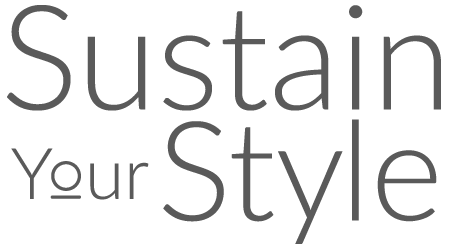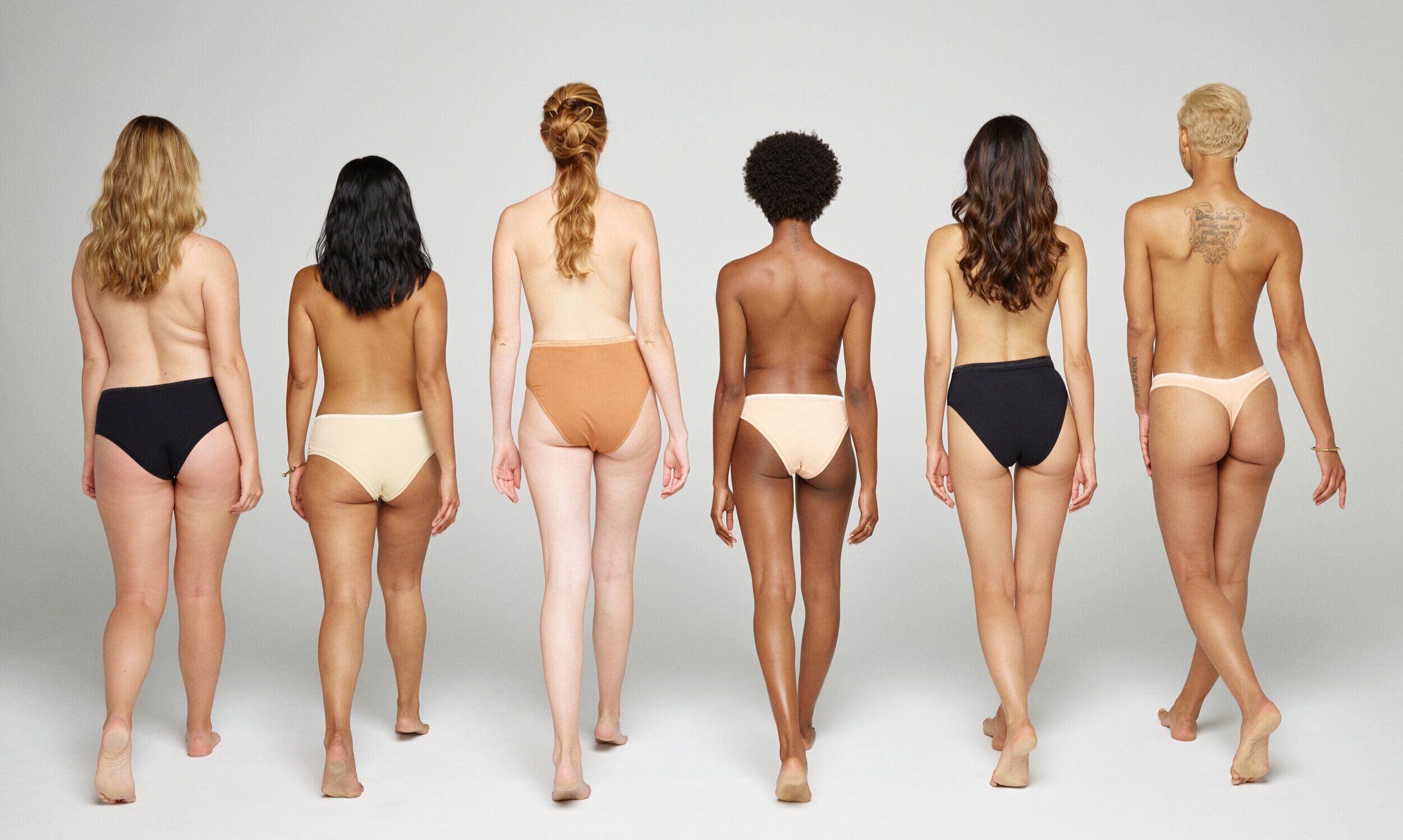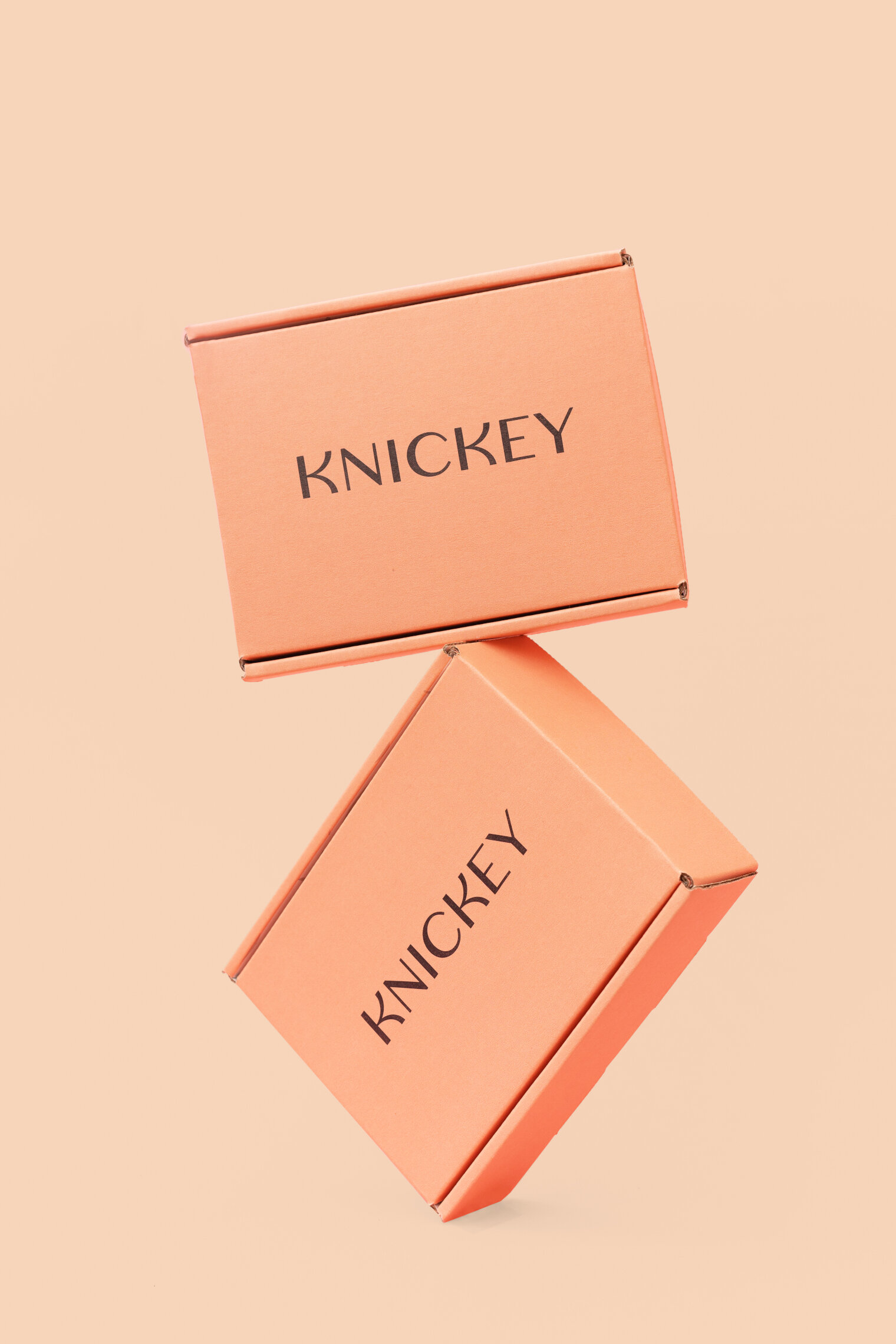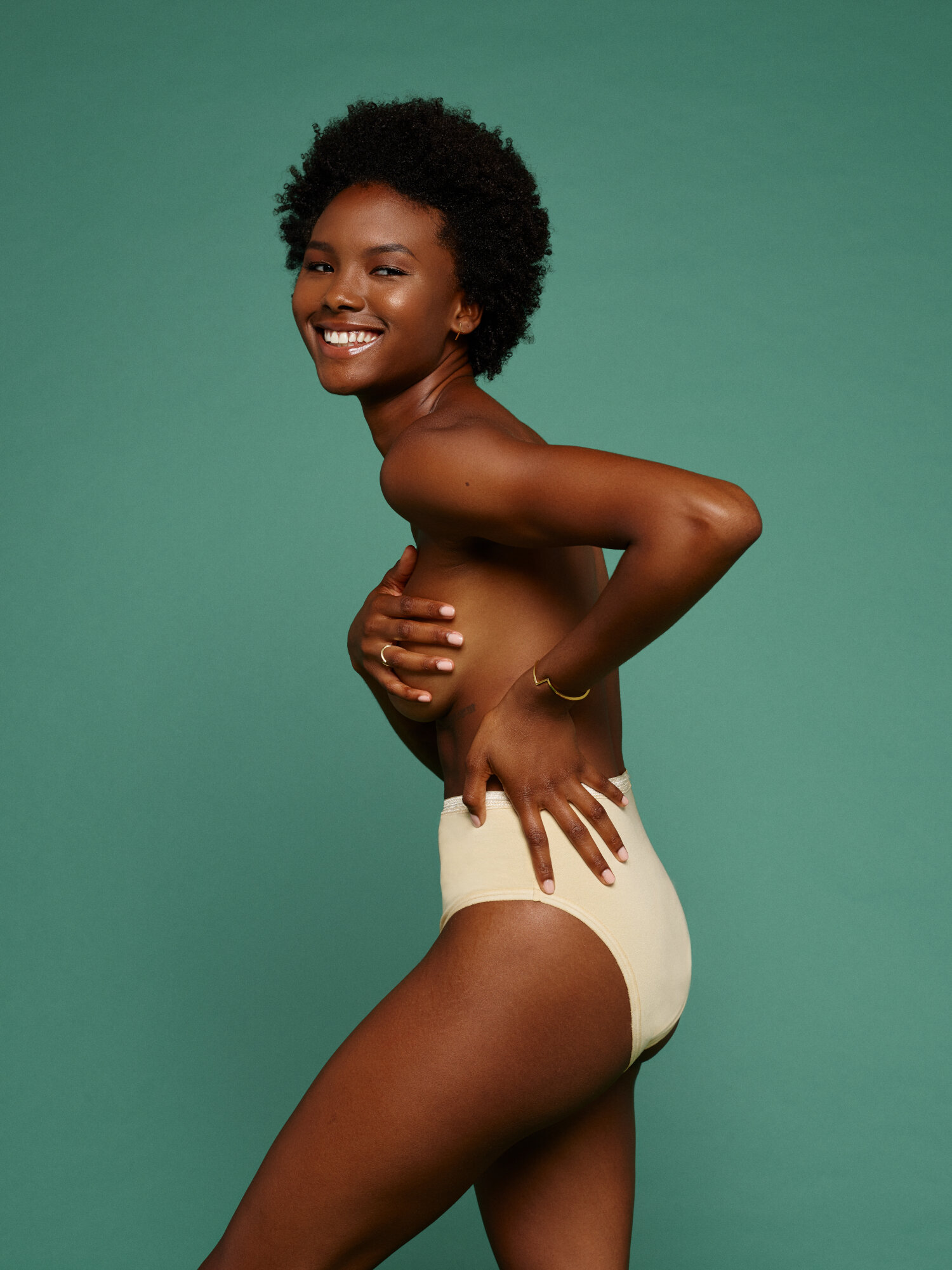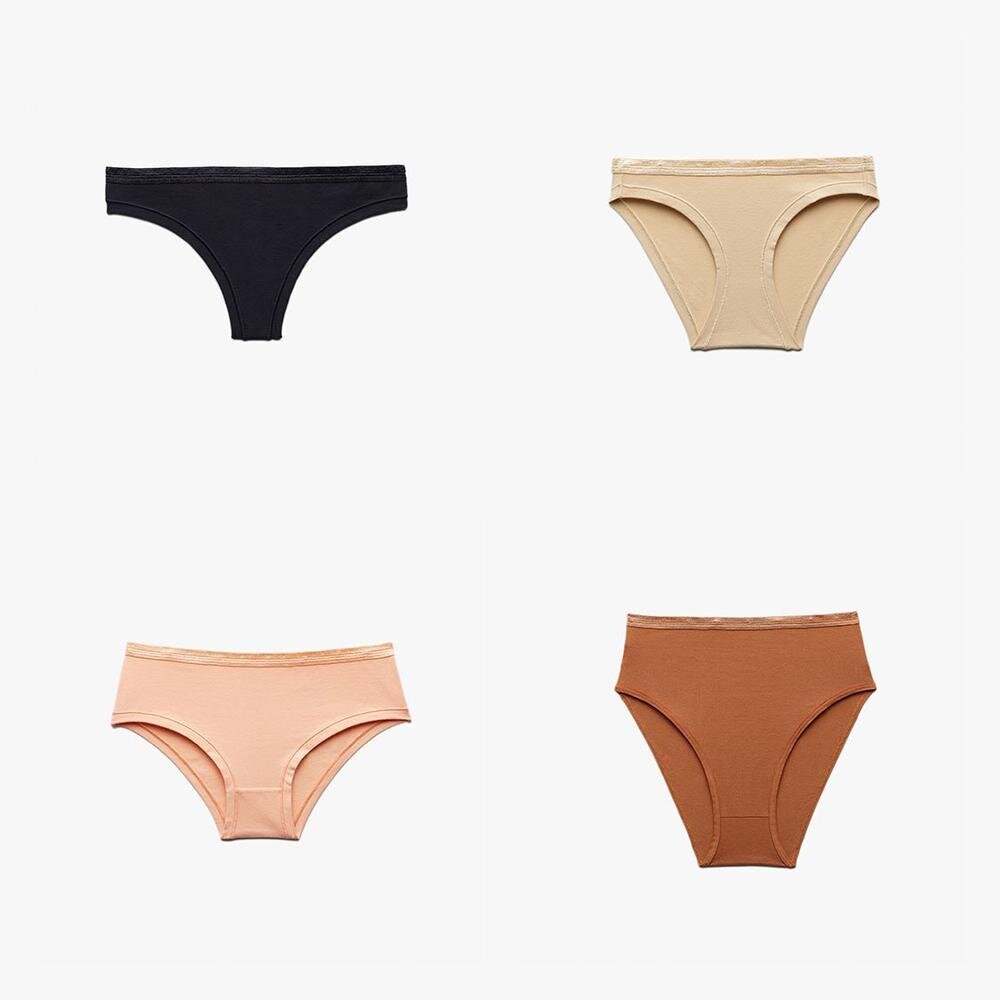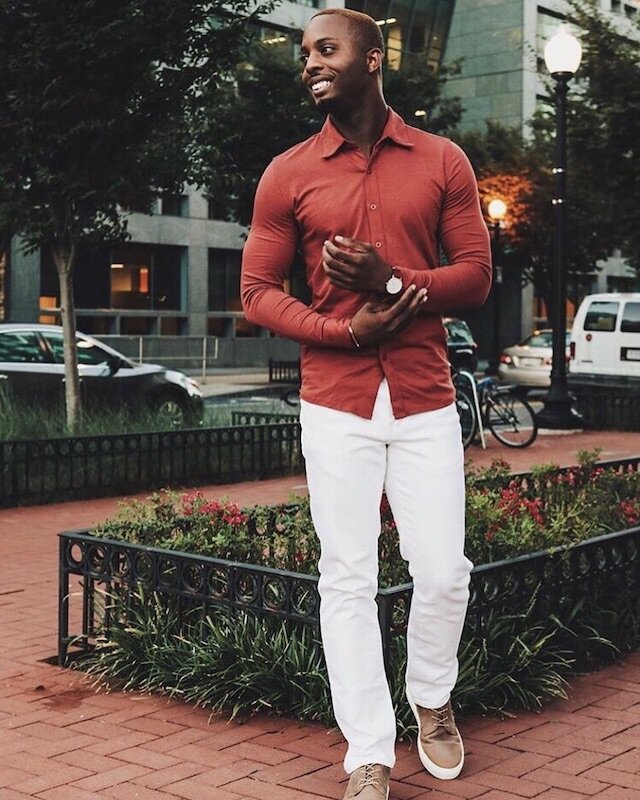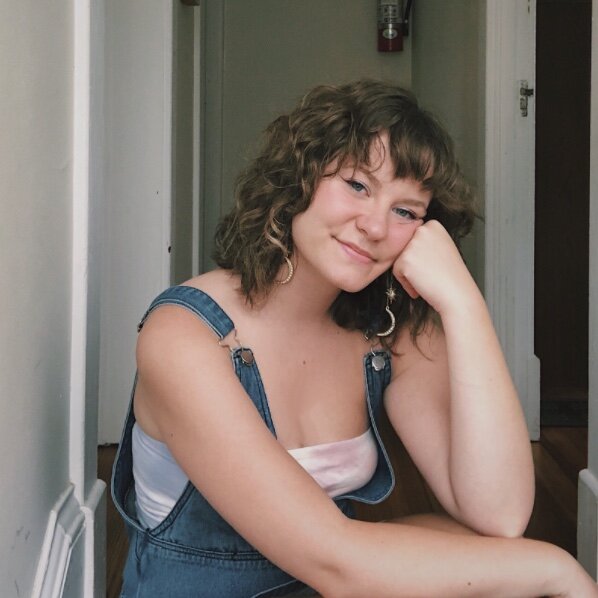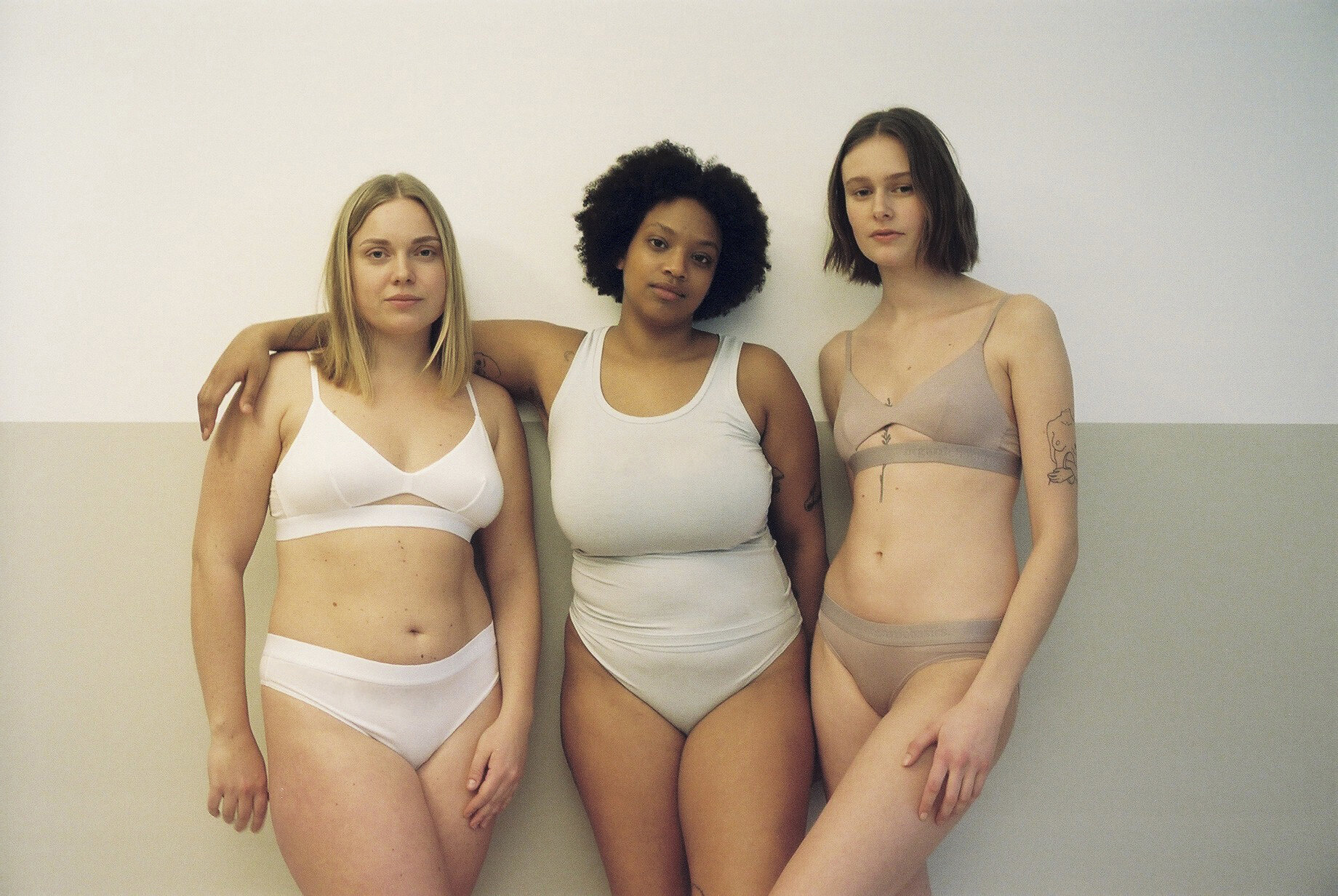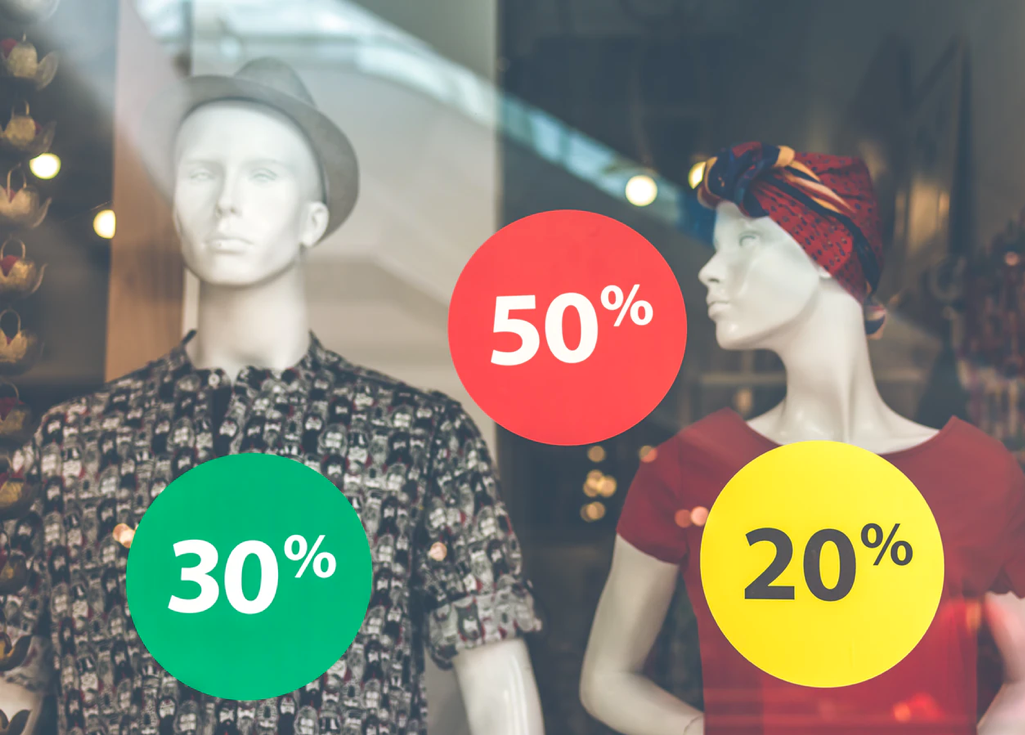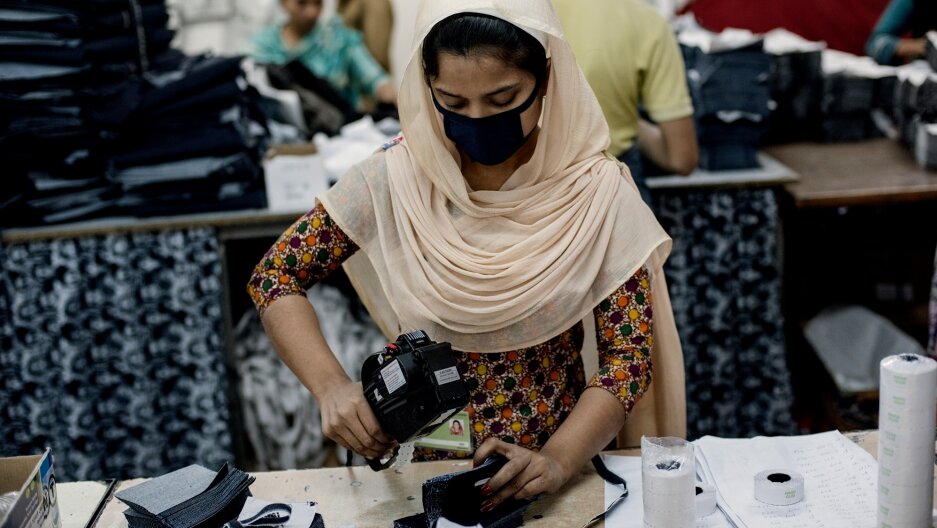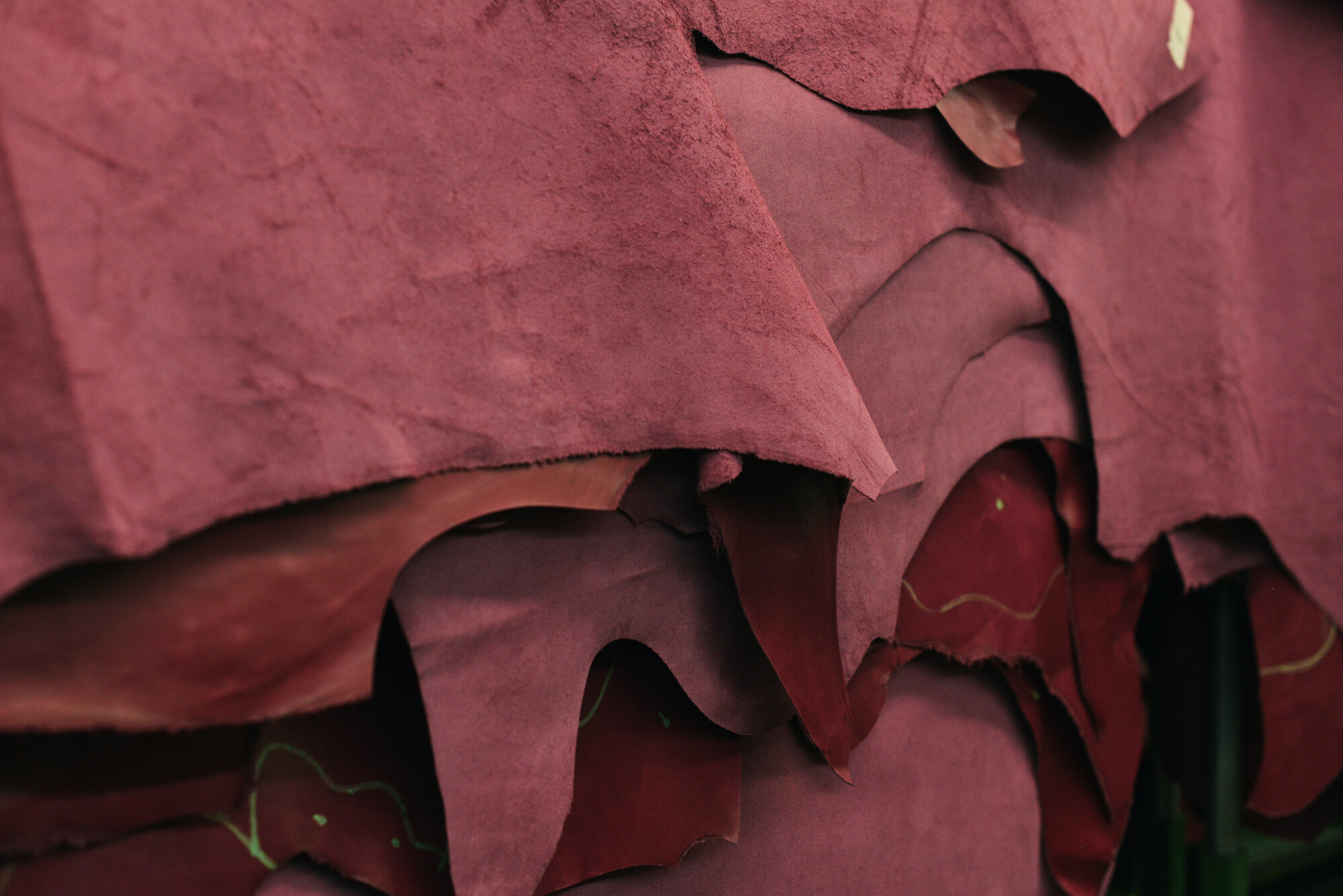What is the origin of Knickey? What reveals your brand concept?
After working in both design and retail, we learned firsthand the detriment that the fashion industry has on both the planet and its people. We vowed to make products that are better for the earth, and better for us - starting with the first layer we don daily: undies. Knickey offers the best basic briefs from certified organic cotton and the world's first Recycling Program that diverts old intimates from landfills. We are on a mission to make organic the everyday option for people everywhere - and we are just getting started.
What does the word “Sustainability” mean to you and how do Sustainability’s issues impact you as a brand?
Sustainability is a term we try not to use too frequently, as its meaning has diminished in recent years. It is too nebulous a word to properly capture the vastness of issues that the fashion industry faces, and it, therefore, fails to address the nuances in application that consumers and companies alike may take to approach these issues. Further, it has been exhausted by greenwashing and misappropriated by too many companies, serving only to mislead consumers and in that process, miseducate them. For Knickey, sustainability means articulating exactly how our activities as a company relate to climate impact, resource consumption, and how we treat people. And importantly, it means that we provide credible evidence to any claims that we make. In a time that it is vital for all companies to prioritize action in these verticals, we believe that it is equally as important to qualify those actions accurately -- and to stay away from using broad stroke buzzwords without qualitative and quantitative support.
What is your strongest commitment in terms of Sustainability in your business? What could you do better?
Our strongest commitment is to constantly improve upon our climate impacts, and to move the fashion industry toward more environmentally-friendly practices in production. But there is so much to tackle - and with just one product line currently, we are only hitting the tip of the iceberg! We would love to support additional sustainable materials outside of the realm of organic cotton, and inspire more companies to invest in innovative alternatives to their current offerings. We believe that rising tides raise all boats, and if more brands demanded transparency from their suppliers, the more positive impact we could collectively have on the industry.
We utilize organic cotton certified to the Global Organic Textile Standard. GOTS is recognized as the world's leading processing standard for textiles made from organic fibers. Our adherence to Oeko-Tex prohibits the use of harmful toxic chemicals in production - such as formaldehyde, azo colorants, pentachlorophenol, cadmium and nickel. Importantly, it goes beyond the legal regulation set forth by the US Consumer Product Safety Improvement Act [CPSIA] to prevent the use of unregulated toxic chemicals that still crop up in underwear across the industry. Additionally, our factories are Fair Trade certified to ensure everyone involved in the production of Knickey undies is treated with the respect and care they deserve. That means living wages, safe working conditions, and absolutely no toxic substances that could be harmful to people’s health. Finally, Knickey packaging is thoughtfully crafted from post-consumer recycled waste, and designed for reuse. Materials are certified by the Forest Stewardship Council to ensure that they are renewably-sourced from post-consumer waste, or sustainably harvested trees. Our packaging is dually intended to be used in our Recycling Program, encouraging customers to recycle intimates to prevent textile waste that would otherwise end up in a landfill. We take great care to ensure that every component of our supply chain and business upholds our core tenets of sustainability and better business practices -- better for your body, your wallet and our world.
What are your main objectives for the next 5 years?
The next five years will be characterized by a delicate dance of scaling the business while remaining true to our values and the goals we set out to achieve in circularity, material innovation, and social impact. We have some exciting innovations in mind for our Recycling Program, and we are simultaneously working hard to source a bio-compatible stretch component in order to have a biodegradable product and completely closed loop offering, As a company, we work tirelessly to ensure that we are being the most responsible in each sector of our business that we can be, and we're continuing to iterate, innovate and improve upon our offering to eliminate the current tradeoffs that can come even within a certified sustainable supply chain.
What is THE product that at best represents and defines Knickey? And why?
The thing that best represents Knickey is our commitment to the most sustainable product components. Whether that means in fabrication, manufacturing processes or in fair labor practices. These principles are embedded in each and every one of our products, and demonstrates our commitment to better business, and a better world.
